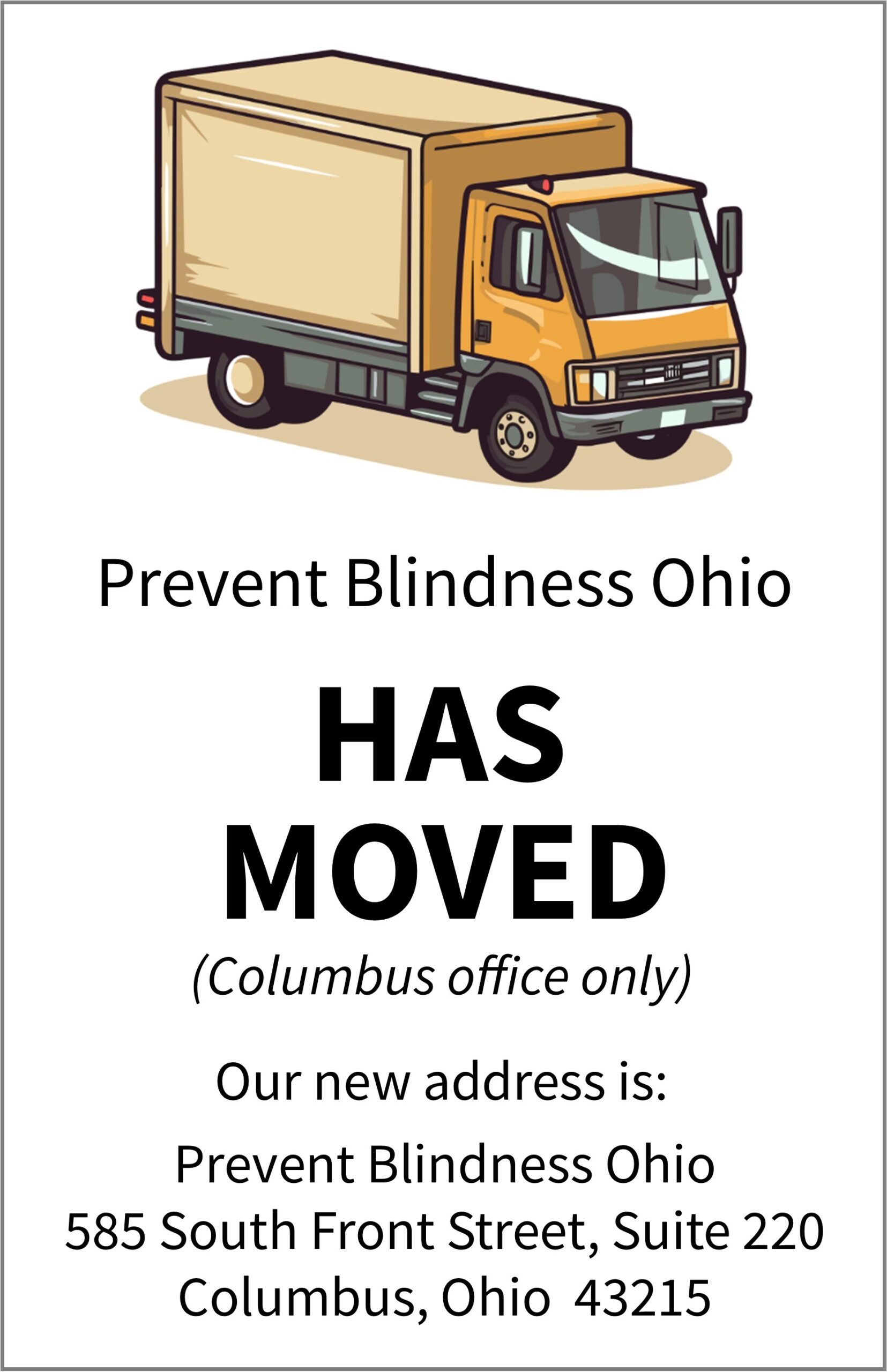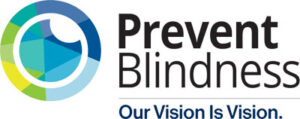FOR IMMEDIATE RELEASE
For more information:
Prevent Blindness, Ohio Affiliate
Dori Jennings
Phone: (614)270-0746
[email protected]
As Women are at Higher Risk for Eye Disease, Prevent Blindness Declares April as Women’s Eye Health and Safety Month
-The Ohio Affiliate of Prevent Blindness Provides Helpful Information on
Various Eye Health Topics Related to Women’s Vision Issues-
Columbus, OH (March 31, 2021) – Two out of every three people living with blindness or vision problems are women, according to the National Eye Institute. And, data from The Future of Vision: Forecasting the Prevalence and Costs of Vision Problems study shows that women are at higher risk for certain eye diseases and conditions. The Ohio Affiliate of Prevent Blindness has declared April as Women’s Eye Health and Safety Month in an effort to educate the public on the increased risk for women and vision health issues, as well as steps that can be taken to prevent vision loss.
Women have a higher prevalence of major vision problems, including:
- Age-related Macular Degeneration
- Autoimmune Diseases (such as Lupus or Sjögren’s Syndrome)
- Cataract
- Dry Eye
- Glaucoma
- Low Vision
- Thyroid Eye Disease
- Refractive Error
According to the World Health Organization’s World Report on Vision, women, on average, live longer than men, and are thus at greater risk of developing eye conditions associated with ageing. However, even after controlling for age, global estimates suggest that women with moderate and severe presenting distance vision impairment outnumber men by approximately 7 percent.
Gender and financial disparities can also create barriers to eyecare access for women. A recent study published in JAMA Ophthalmology found that although women were more likely to use eye care, they are also more likely to report difficulty affording eyeglasses than men.
In addition to eye disease and conditions, women have unique health issues related to pregnancy and menopause due to fluctuating hormone levels. Women may notice changes in their ability to see clearly during pregnancy. Women with pre-existing conditions, like glaucoma, high blood pressure or diabetes, need to alert their eye doctor that they are pregnant (or planning to become pregnant). Additionally, dry eye leading to a clinical diagnosis or severe symptoms affects more than 3.2 million American women middle-aged and older.
As ophthalmologists and optometrists re-open their practices after pauses due to the COVID-19 pandemic, it is important that women make their vision health a priority to help detect vision issues early. Early and consistent treatment for most eye diseases can significantly reduce the risk of vision loss.
“We know that many women play a key role in the overall health of their whole families,” said Sherry Williams, President & CEO of the Ohio Affiliate of Prevent Blindness. “We encourage them to take a moment to ensure their own vision health today and help protect eyesight in the future.”
For more information about women’s eye health, including fact sheets about eye diseases and eye protection, please visit pbohio.org or call 800-301-2020. Prevent Blindness offers a free listing of financial assistance services in English and Spanish at: preventblindness.org/vision-care-financial-assistance-information/.
About Prevent Blindness, Ohio AffiliateFounded in 1908, Prevent Blindness is the nation’s leading volunteer eye health and safety organization dedicated to fighting blindness and saving sight. The Ohio Affiliate of Prevent Blindness serves all 88 Ohio counties, providing direct services to more than 1,000,000 Ohioans annually and educating millions of consumers about what they can do to protect and preserve their precious gift of sight. For more information or to contribute, call 800-301-2020. Visit us on the web at pbohio.org, Facebook at facebook.com/pbohio/, or Twitter at twitter.com/PB_Ohio
###


